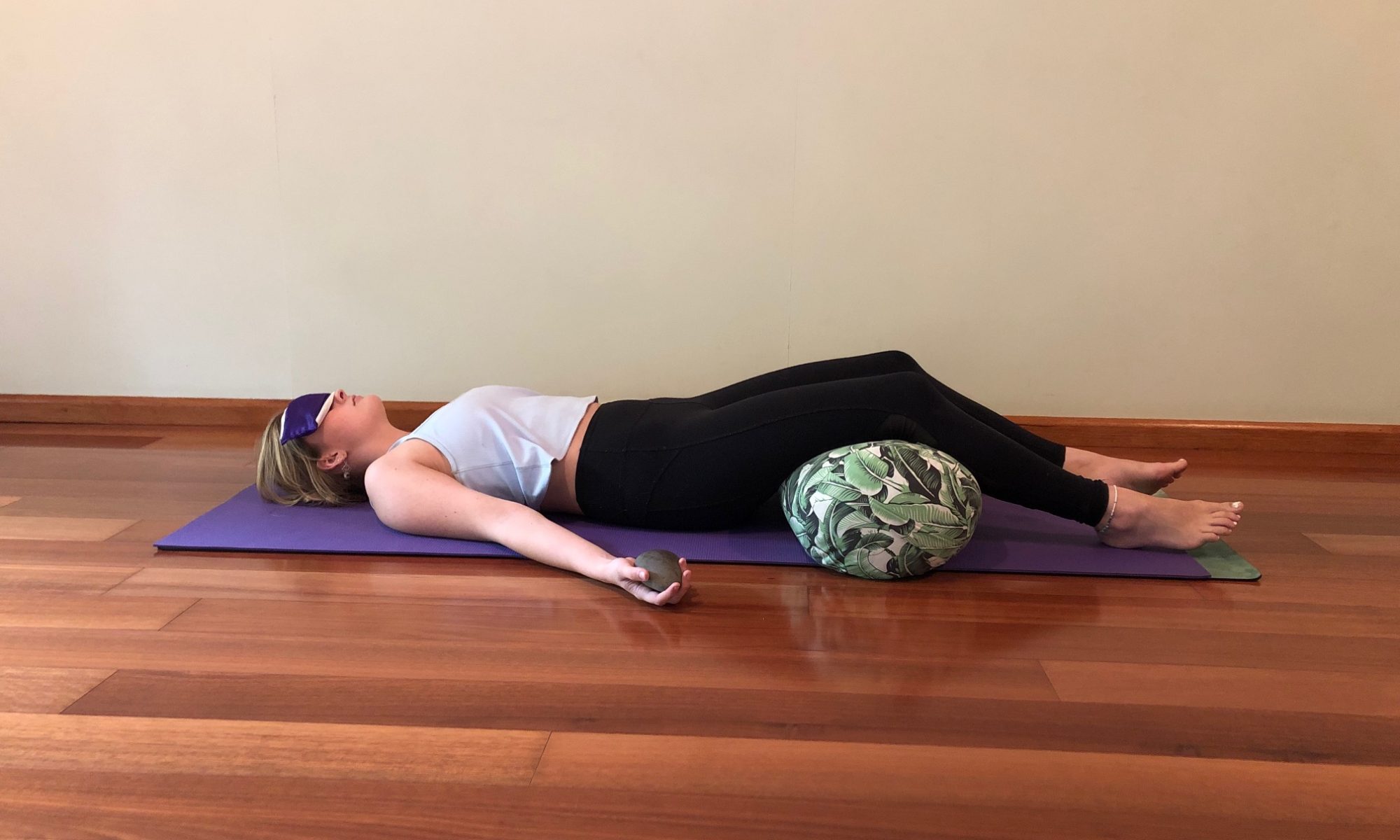This year has challenged us like no other – we’ve had to deal with fear on all levels, economic and career uncertainty and literally rethink how we live our lives.
Gone are the casual hugs and kisses when we greet one another, dancing among friends feels like a distant memory and even a high five on the soccer pitch isn’t allowed.
When we are left to deal with something of such huge proportions it is no surprise that we need something special to help us cope. A practice that embodies the koshas – that will support us physically, energetically, emotionally, intellectually and spiritually.
For more and more of us this has been Restorative Yoga. This class has appeared on more and more studio timetables – not just in Australia but around the world.
But we all know that yoga is restorative – but what does Restorative Yoga do that is different?
I should probably explain what Restorative Yoga is first – Judith Lasater (widely regarded as the Queen of Restorative Yoga) describes it as active relaxation.
It is supporting the body in shapes (based on asanas) with props, such as blankets, bolsters and blocks, so the body is completely held, invoking a sense of safety and security. These positions encourage the flow of prana, stillness in mind and body which invites a gentle unravelling of tension. The positions are held for long periods – from 3-5 minutes or more. You can observe Antar Mouna (inner silence) or focus on pranayama techniques, guided meditation and so much more… it is a nourishing delight for the entire mind and body and feels a bit like a five star meditation practice!
My restorative yoga practice has been my pathway out of anxiety, depression and stress ever since the year when I had to cope with the death of my mum, the pregnancy of my first child and the loss of my corporate job. It was a year of personal upheaval and deep grief. My life ring was Restorative Yoga and it has been my go-to practice ever since.
So what sets it apart from other types of yoga?
It is effortless
Now this is a strange concept to overcome. To achieve something in life we are conditioned to put in effort, but effortless?! What’s the catch!?
The irony is that doing something that is effortless is difficult! In the case of Restorative yoga we need to let go of the desire to be “doing,” and focus on being still both in body and mind…
It is slow
Restorative Yoga takes slow to a whole new level – again we are conditioned to move quickly in life in a bid to “get things done” but how strange when we are now invited to move slowly. Then we discover the more we practice moving slowly the more enticing it becomes… the moment we move slowly we are far more aware of our body – of where tension may reside in our muscles – of what we need to do to nurture ourselves and respond to what our body needs.
It is supportive and safe
At times of upheaval this is exactly what we need. To be reassured – to be wrapped up in a blanket of peace and tranquility – not just physically but mentally. To simply have time and space to digest change on gross and subtle levels through our mind and body.
As you can imagine Restorative Yoga has a myriad of benefits for the mind, body and soul. It encourages us to move from a reactive state where our sympathetic nervous system is engaged to the rest state of our parasympathetic nervous system. Restorative Yoga helps us learn how to consciously relax.
And so we begin to experience benefits to the entire body.
Physically our heart rate, blood pressure and breathing rate all naturally lower.
Energetically, we conserve energy and sleep more soundly with a better quality of sleep which means we are less likely to feel depleted.
Emotionally we are less prone to depression, anxiety and anger. Our vagus nerve is more likely to be functioning in a healthy, harmonious way which means we are better decision makers, more resilient and generally,.. well more content.
Intellectually regular restorative yoga and deep relaxation can slow brain waves – you can experience this when often you begin a class with a lot of thoughts buzzing in the mind and by the end of the class you are feeling a greater sense of clarity and calm. Ironically in this state we are better wired to deal with stress management and have a higher level of cognitive function.
And finally this practice promotes the opportunity for meditation and spiritual awareness. To help us savour the special moments in our life and our connection to nature, ourselves and each other.
So there you have it – just a few good reasons for why Restorative Yoga is a wonderful practice – for you and your students.
You can experience two delicious days learning about Restorative Yoga while you practice. It’s the ultimate weekend retreat where you get all the benefits – while you learn!
To find out more or book on please click HERE.
Katie Brown has been teaching Yoga for 20 years and has written and presents the IYTA’s Restorative Yoga Certificate. She is an author, has produced a range of DVDs, CDs and online programs and is a qualified massage therapist.





